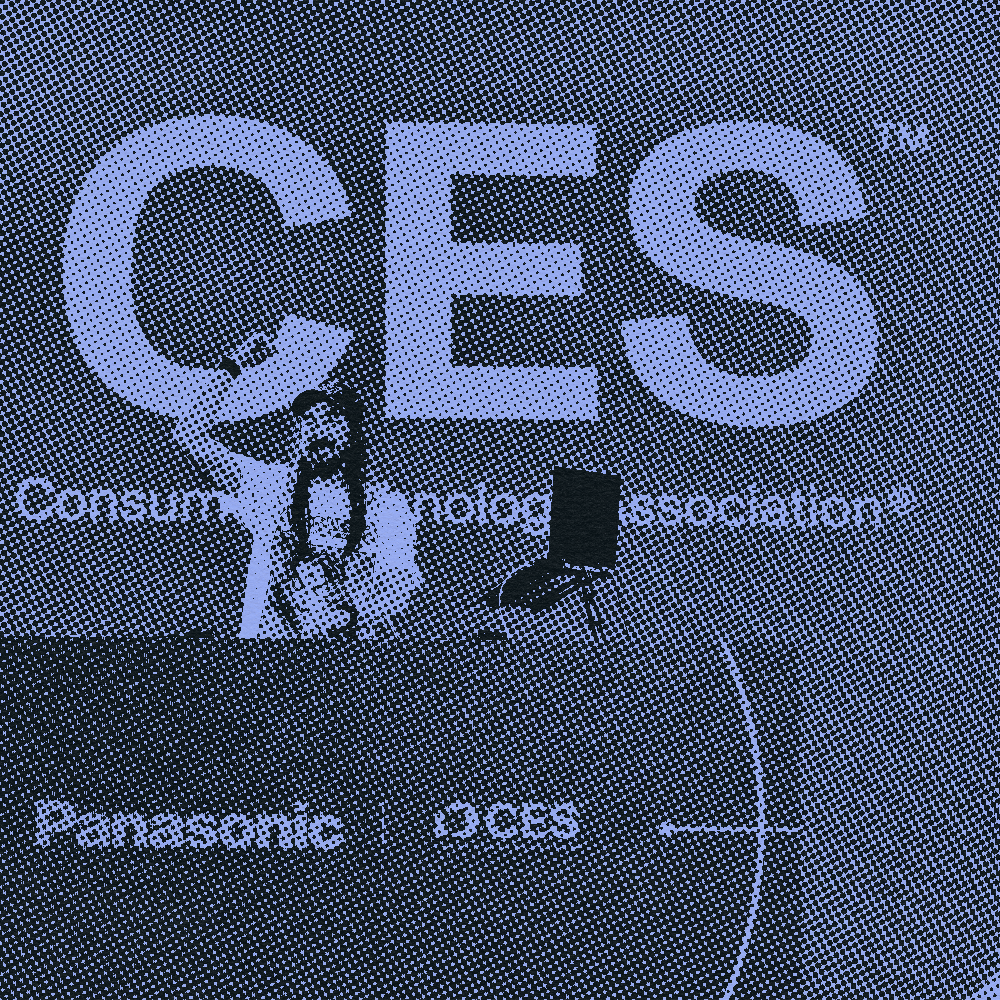The long-anticipated announcement of Southwest Airlines’ new service to Hawaii and the recent launch of Marriott’s Bonvoy has travel brand loyalty on my mind. A handful of the airline’s newest flights sold out in hours, but when the new hotel loyalty program name was announced, reaction was mixed, at best. Not really all that surprising.In a recent Padilla Spotlight Survey, conducted by our SMS Research Advisors division, we found 76% of consumers have a preferred airline and 69% of consumers have a preferred hotel, but only 40% of them are enrolled in the airline’s or hotel’s loyalty program.Let’s dissect this a little farther. American travelers know their likes (hence quick Southwest bookings) and dislikes. Travel spending is likely to be stagnant in 2019. And it’s clear that we have more booking choices today than ever before. But current loyalty programs just aren’t offering enough meaningful benefits to draw new or activate existing members.Why not? They’re all almost identical, offering tiered status levels, credit card points, partner-brand incentives, etc. Wyndham did try to change this when the chain relaunched its rewards program, but has since reverted to fall in line with the rest. And talk about complicated; trying to use your points or status is often a headache. No one loyalty program truly stands out above the rest.Here are three ideas for brands to consider in what really needs to be a reinvention of loyalty programs:
It’s no secret that consumers are looking for experiences that speak to their (and their families’) specific interests.
These desires are driving how many travelers plan, book and share their trips. Rewards programs need to take note. Transactional is out; experiential is in. It’s time to start thinking beyond free stays, upgrades and special lounges. Why not curate and offer local experiences to customers that they can redeem through loyalty programs? These should go beyond entertainment and sports, and dig deep into what makes a city, state or country unique. If done right, it could be something never to be forgotten, especially since you’re likely to receive social media and word of mouth exposure.
Food and beverage.
For some, it’s the reason they travel. For others, it’s how they choose a destination. Regardless, the food experience is a critical element of consumers’ travel journeys. Some hospitality brands have launched food and beverage loyalty programs, but they are usually separate from the hotel’s rewards program. I say simplify – and include food and beverage. It seems easy enough to connect to F&B to existing loyalty programs. From there, there are so many possibilities – award points for F&B spending, allow use of loyalty status to pay for F&B, offer F&B discounts, exclusive culinary events and more.
Travelers are digitally empowered, keeping well-informed, finding the best price, and always connected.
While brands think they understand their customers’ needs and wants by using data gathered about preferences, the information can only go so far in helping to meet expectations. Focus groups have long been part of marketing trial and error, but I suggest travel brands take it to a new level. Rewards program members should have real input. Involving them in the beginning conversations, offering opportunities for them to trial program offers and hearing directly from users about what they want should not be overlooked.A version of this post originally appeared on the Padilla's Buzz Bin, an AVENIR GLOBAL company.
What’s a Rich Text element?
The rich text element allows you to create and format headings, paragraphs, blockquotes, images, and video all in one place instead of having to add and format them individually. Just double-click and easily create content.
The rich text element allows you to create and format headings, paragraphs, blockquotes, images, and video all in one place instead of having to add and format them individually. Just double-click and easily create content.
Static and dynamic content editing
A rich text element can be used with static or dynamic content. For static content, just drop it into any page and begin editing. For dynamic content, add a rich text field to any collection and then connect a rich text element to that field in the settings panel. Voila!
How to customize formatting for each rich text
Headings, paragraphs, blockquotes, figures, images, and figure captions can all be styled after a class is added to the rich text element using the "When inside of" nested selector system.





